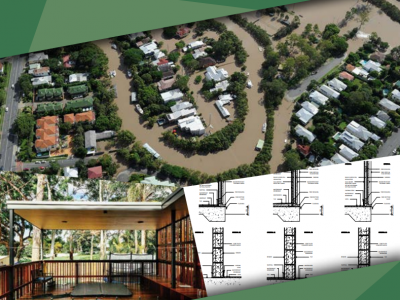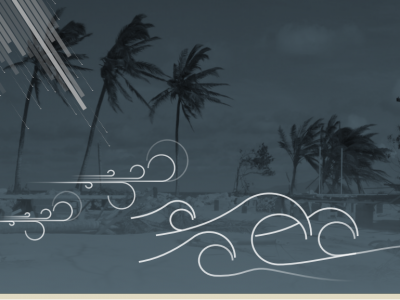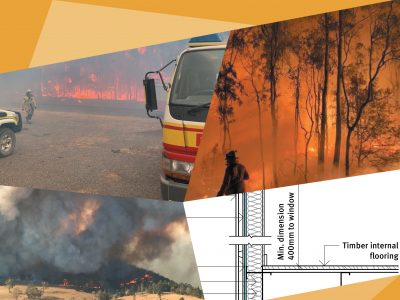Resilient homes building guidance
On this page:
Resilient design and construction
Floods, cyclones, storm tides and bushfires are a part of life for many Queenslanders. Using resilient building design improves how we prepare for, respond to and recover from disasters.
The building guidance for Queensland homes suite of documents below promotes resilient design and construction to reduce long-term costs for home owners associated with disaster damage. Resilient design improves how we prepare for, respond to and recover from disasters, and can significantly reduce the effort and time to return people to their homes and workplaces following natural disasters. It not only reduces the physical and financial costs, but also the social and emotional impacts of disasters.
Having a suitable level of insurance is also critical to ensuring you can financially recover from a disaster event.
Building guidance for Queensland homes
Flood resilient design is one of the many ways Queenslanders can build their resilience to floods. It involves adapting the design, construction and materials incorporated into buildings to minimise damage caused by floodwaters. The guideline provides information about improving the flood resilience of new and existing Queensland homes.
The Cyclone Resilient Building Guidance for Queensland Homes relates to Queensland homes located within 50 kilometres of the coastline north of Bundaberg. The Storm Tide Resilient Building Guidance for Queensland Homes builds on the cyclone guide to incorporate storm tide considerations for northern Queensland homes located within 100 to 200 metres of an open shoreline.
Queensland Government has partnered with the CSIRO to develop guidelines that can help improve the bushfire resilience of new and existing homes. The guidance provides information on best-practice building and landscaping measures that use tailored, site-specific solutions to adapt buildings for bushfire resilience.
Being resilient means that whether you own or rent your home, you have insurance to cover the cost of your possessions and any relocation costs you may incur following a major event. Find out about resilient homes and insurance, case studies, insurance bodies that provide consumer advice, and insurance related recommendations from the Royal Commission into National Natural Disaster Arrangements.



